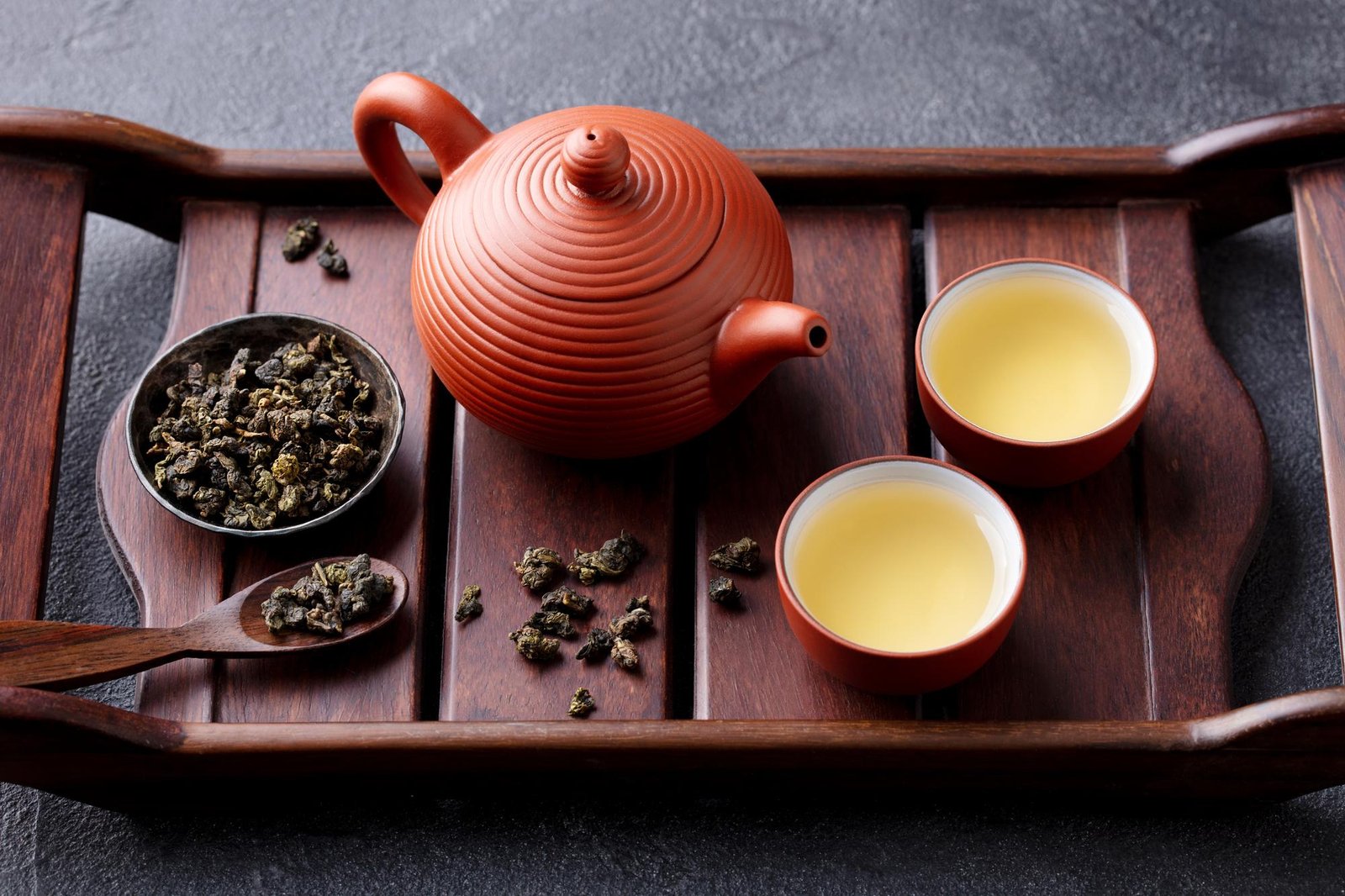What Exactly Is Oolong tea, and How It Is Different Than Black and Green Tea?
What Is Oolong Tea?
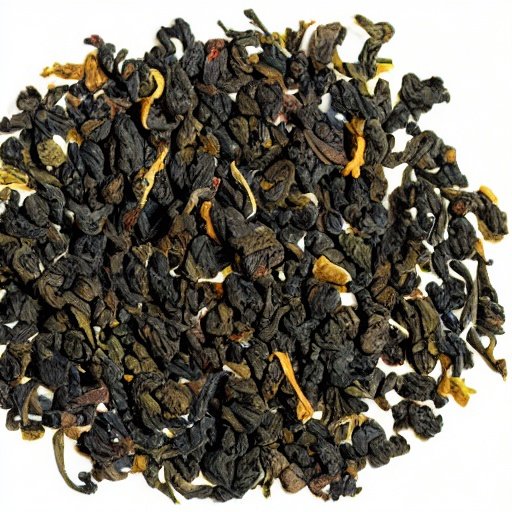
Oolong tea is a classic Chinese tea that has undergone some oxidation and has a distinct flavor and scent. It is created from the same Camellia sinensis plant that produces black tea and green tea, whose leaves, buds, and stems are used in its production.
The difference is in how these teas are processed. The oxidation time during the process is what creates green, dark, or oolong teas. Oolong tea is renowned for its delicate flavor: a smooth, multifaceted taste that may be anything from sweet and fruity to deep and woodsy. Although it can also be served chilled as a cool summer beverage, it is commonly consumed hot.
Oolong tea has a lengthy history in China, where people have valued its flavor and health advantages for many years. It is now well-known all over the world for its distinct flavor and a number of health advantages.
What Makes Oolong Tea Unique From Green and Black Tea?
The biggest difference between oolong tea and black or green teas is its (i) oxidation and (ii) shape.
(i). Oxidation
Oxidation is a chemical reaction that begins when the leaves are exposed to the air and which is responsible for the color and taste of different types of tea. Green tea is made from fresh tea leaves that have not undergone oxidation.
Black tea is made from fully crushed leaves to enhance the oxidation. Oolong is made from the leaves when they are wilted in the sun and slightly bruised to create partial oxidation.
However, the amount of oxidation in oolong can range from 8% to 80% depending on the method of manufacturing. Consequently, some oolongs’ flavor profiles may lean more toward a fresh green tea (less oxidized), while others may tilt toward a malty black tea (more oxidized).
(ii). Shape
The shape of oolong tea is very distinctive. In Chinese, oolong means “black dragon”. Oolong teas are typically formed into thin strands, tight balls, or twists. These artisanal shaping methods are based on the tea-making customs.
The final tea leaves’ appearance, color, and aroma are changed by rolling, a crucial step in the manufacturing of oolong.
The tea master has the ability to delicately change the entire direction of the tea’s final flavor depending on how and when the leaves are rolled during processing.
The Origins Of Oolong Tea
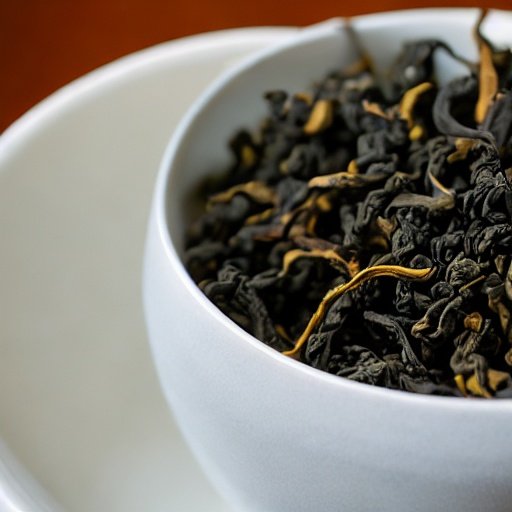
Oolong tea is the product of authentic artisanal tea processing. The place in which it is grown and the method of processing can have a significant impact on the look, shape, and flavor of oolong tea. Oolong tea is still held in high regard in both China and Taiwan, where its roots are also claimed.
According to one legend, the large, dark tea leaves that were extensively oxidized and twisted into shapes that happened to resemble the mythical Chinese dragon were given the moniker “wulong,” or “black dragon,” by the Chinese.
Another legend claims that the oolong tea style was accidentally developed by a tea grower by the name of Wu Liang (later abbreviated to Wulong). After a long day of picking tea, the farmer became preoccupied, and when he turned his attention back to his withering tea leaves, he saw that they had already begun to oxidize.
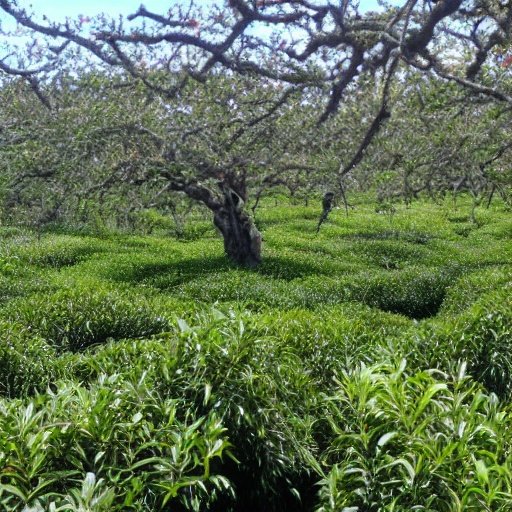
It is true that the most well-known Chinese oolongs are cultivated in high mountainous places over rocky terrain and in cool weather, regardless of which version of the narrative you choose to believe. The distinctive terrain and challenging environment are what give these oolongs their renowned flavorful richness.
The most well-known oolongs from Taiwan are often lighter in flavor and greener in color than Chinese oolongs because they are typically less oxidized (10% to 40%).
While some oolongs are twisted into long, green threads, others are rolled into tiny, tightly packed balls. Some flourish in secluded, mist-covered slopes, while others flourish on mild foothills covered in bamboo forests.
Others are picked in the winter and roasted for a robust, woodsy flavor. Some are harvested in the spring for a flowery herbaceous flavor.
While the most well-known oolongs originated in China and Taiwan, other regions of the world are now producing many oolong varieties. Several nations, including India, Sri Lanka, Japan, Thailand, and New Zealand, are among those that produce some of the world’s oolong teas.
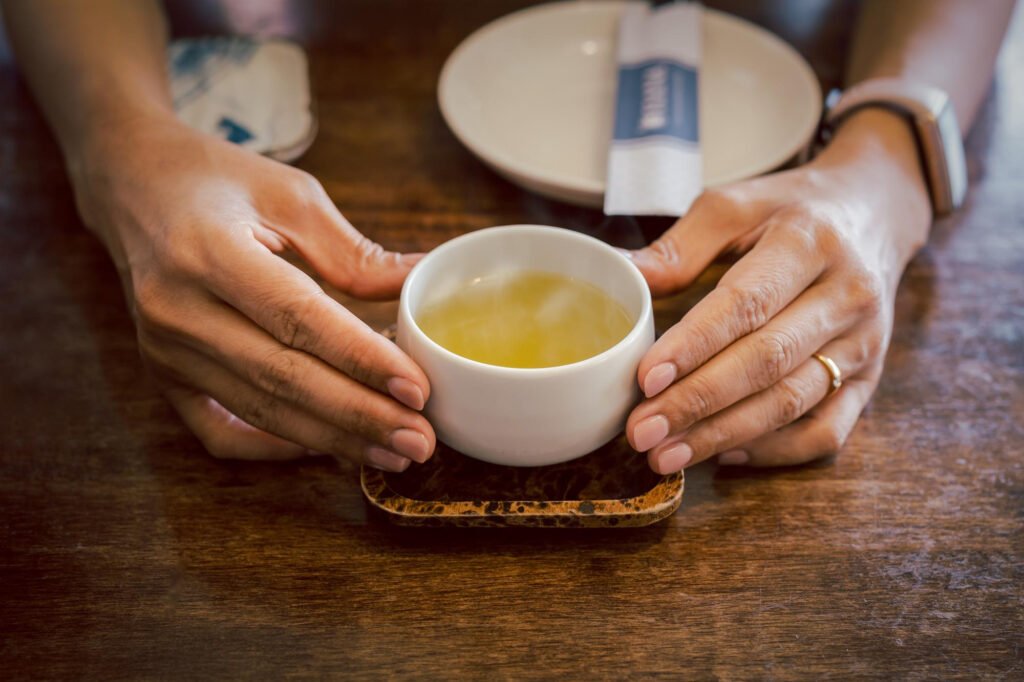
How Are Oolongs Collected And Produced?
Chinese Oolong tea is from the ripe, succulent leaves of tea bushes harvested by hand. A rich aroma characterizes spring varieties, but there is no such depth in taste as in autumn varieties, which are inferior to them in flavor. In dark Closets, as a rule, a more mature and fleshy tea leaf is used than lighter varieties.
Production involves:
The process of the leaves drying out in the open air. At first, the leaves are sun hour and a half. Then they are moved to a shaded place.
The enzymatic process involves stirring the leaves in the air before they darken. At this time, uneven oxidation of the sheet plates.
- Drying by heating to stop fermentation.
- Twisting with the help of unique drums.
- Drying to get rid of the remaining moisture.
Nutrients and Ingredients In Oolong Tea
Oolong tea has similar vitamins, minerals, and beneficial antioxidants to black and green teas.
Calcium, magnesium, and potassium are present in trace levels in a cup of brewed oolong tea. Additionally, it has 38 mg of caffeine. In contrast, there are around 29 mg of caffeine in one cup of green tea.
Theaflavins, thearubigins, and EGCG are a few of the key tea polyphenol antioxidants found in oolong tea. These are in charge of the majority of its health advantages.
L-theanine, an amino acid with beneficial benefits on mental clarity and relaxation, is another ingredient in oolong tea.
What Flavor Does Oolong Tea Have?
Oolong tea’s flavor can be mild to robust, flowery to grassy, sweet to toasted since the amount of oxidation depends on the tea processing method. The hue of the brewed tea as well as the color of the leaves can change from green to golden to brown.
Is There Caffeine In Oolong Tea?
Yes, there is caffeine in Oolong tea. Oolong tea has about 38 mg of caffeine in a cup. In contrast, there are around 29 mg of caffeine in one cup of green tea.
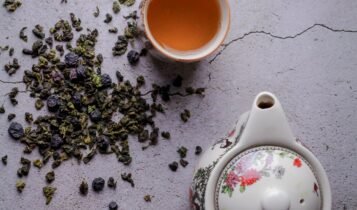
In an 8-ounce cup, both oolong and green teas can have between 10 to 60 milligrams (mg) of caffeine. If compared to coffee, an 8-ounce cup of coffee has between 70 and 130 milligrams of caffeine. Brewed oolong tea without added sugar is regarded as a zero calorie beverage. It doesn’t have any protein, carbs, or fat.
The type of plant, how it was processed, and the method of brewing are just a few of the variables that might affect the amount of caffeine in any beverage made from a caffeinated plant.
Oolong teas often have a caffeine level that lies between black tea and green tea. Like green tea, an oolong that has been mildly oxidized may contain less caffeine, while an oolong that has been heavily oxidized may contain more caffeine (similar to a black tea).
However, this can change according on how the oolong tea was processed and how the tea plant was grown. If you are worried about consuming too much caffeine, it is wise to ask your tea vendor about the caffeine content of the particular tea you are buying.
How Should Oolong Tea Be Prepared?
The best rule of thumb for handling any type of tea is to lower the water temperature as the leaf becomes larger and more delicate-looking.
The majority of oolong teas taste best when steeped for five to seven minutes at a temperature between 185 and 206 degrees Fahrenheit.
Although this is a good general guideline, the actual temperatures may differ depending on the type of oolong and the degree of oxidation in the dry leaf.
Oolongs need to steep for 5-7 minutes compared to white tea’s 3–4 minutes, thus the timing is a little different.
Of course, you can change everything to suit your preferences. These guidelines should only be used as a foundation.
Oolong Tea Risks Factors
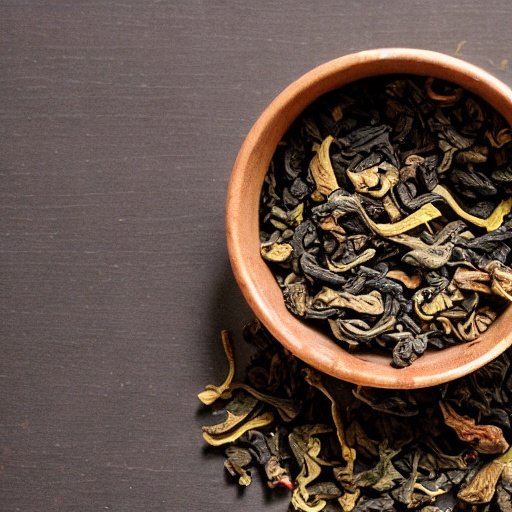
People who are sensitive to caffeine should still limit their intake even though oolong tea has less caffeine than coffee.
Tea can lessen how much iron is absorbed from plant-based diets. Additionally, other researches discovered that young toddlers with lower iron levels were more likely to drink tea.
Oolong tea is frequently used as a beverage when taken orally. For the majority of people, moderate oolong tea consumption (four cups daily) is probably safe.
Oolong tea use in excess of 4 cups per day may be harmful. Large amounts of drinking could have negative effects because of the caffeine.
Headache and an irregular pulse are two of these side effects, which can range in severity from minor to severe.
Oolong tea consumption in moderation during pregnancy appears to be safe. Limit your daily oolong tea consumption to three glasses. This contains around 300 milligrams of caffeine.
Overdosing on caffeine during pregnancy has been related to a higher risk of miscarriage, a higher risk of sudden infant death syndrome (SIDS), and other unfavorable outcomes, such as decreased birth weight and signs of caffeine withdrawal in neonates.
Oolong tea consumption in moderation while breast-feeding is conceivably safe. However, it may not be safe to consume more than three cups of oolong tea each day. Oolong tea contains caffeine that is excreted in breast milk. In nursing newborns, it can result in agitation and more frequent bowel movements.
Adults frequently drink oolong tea as a beverage, usually in doses of 1-4 cups per day. Find out from a healthcare professional what dosage might be appropriate for your condition.
Conclusion
While oolong tea may not be as well-known or as often consumed as green or black tea, it is said to provide comparable health advantages. These include advantages for bone, tooth, heart, and brain health.
Oolong tea may also aid in protecting you against certain types of cancer, lower your chance of developing type 2 diabetes, and support your efforts to reduce weight.
For people who are sensitive to caffeine, it also has less caffeine per cup than coffee.

